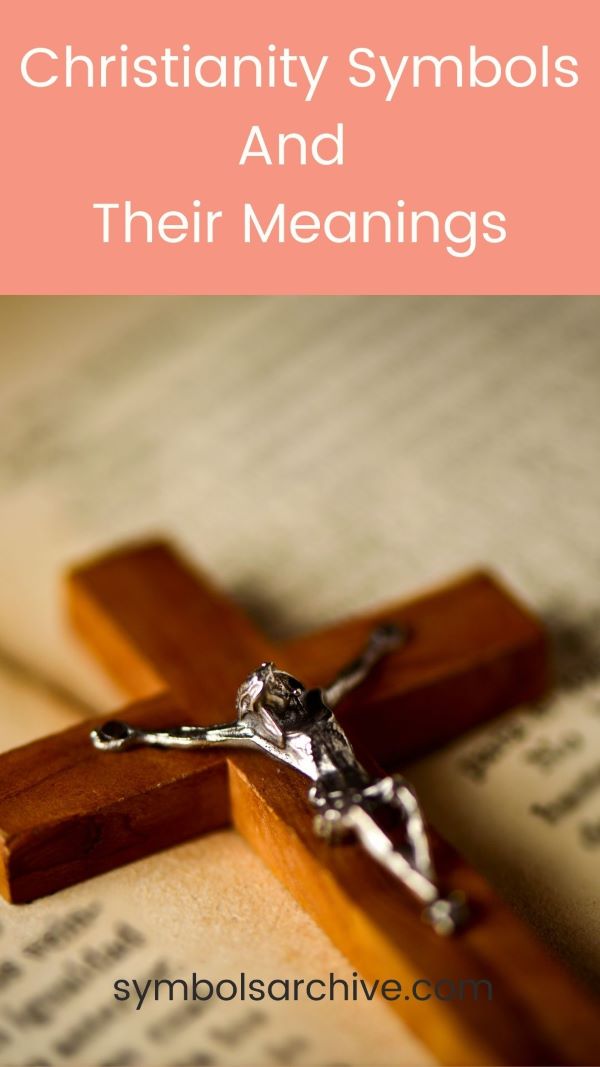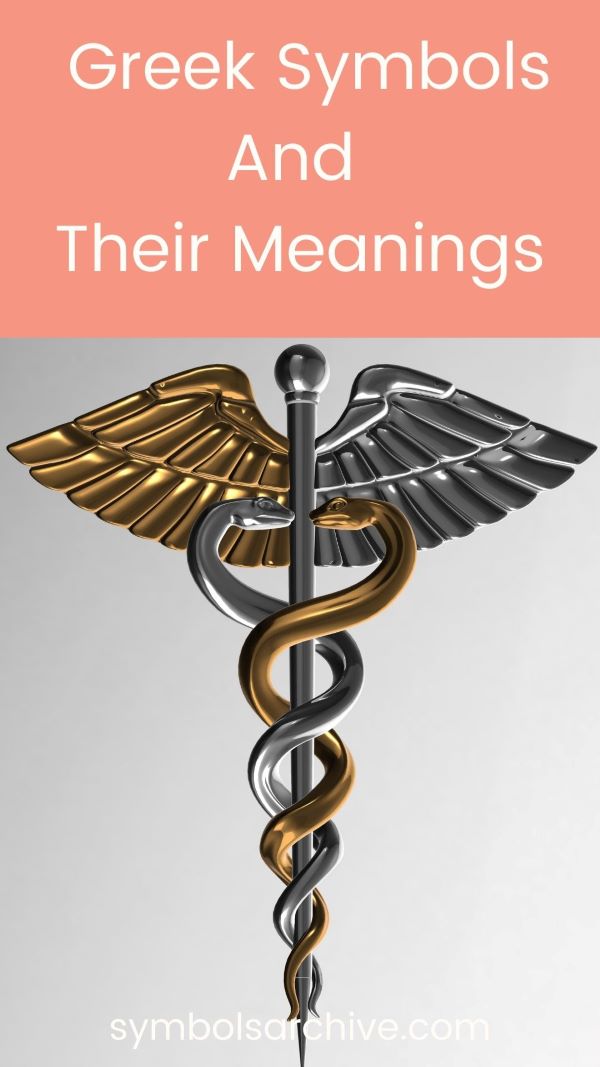10 Most Significant Symbols Of Royalty
Are you looking for the most significant symbols of royalty?
The concept of royalty and monarchy has endured throughout the course of human history. Monarchs have employed diverse symbols to demonstrate their dominion and control over their subjects. These symbols not only represent the monarchs themselves but also embody their realms and the individuals they govern.
The significance of royal symbols in the monarchy’s historical narrative cannot be understated. They have served as representations of the monarch’s influence, supremacy, and prosperity.
Even in contemporary times, modern monarchs employ these symbols to uphold tradition and emphasize their significance to their populace.
Read on to learn more about some of the most significant symbols of royalty.
10 Most Significant Symbols Of Royalty

1. Crown

Throughout history, the wearing of crowns has served as a powerful symbol of royalty. Kings, queens, and other royal rulers since ancient times have worn these regal headpieces to convey their status and importance.
Each type of crown and its accompanying jewels carry distinct connotations and symbolism, holding great importance for the monarchs who wore them.
The tradition of wearing crown dates back to ancient civilizations such as the Egyptians, Greeks, and Romans, where crowns were employed as symbols of power and prestige.
The crown, in many cases, serves as a symbol representing the government of a monarch or objects that receive the endorsement of the monarchy.
2. Throne

The throne has long served as an emblem of power, authority, and royalty.
Occupied by kings, queens, and various monarchs who ruled their kingdoms with unwavering control, the throne symbolized the divine right of kings, validating their legitimacy and ensuring the continuity of their dynasties.
Throughout the history of advanced civilizations, the throne has held a revered status as a symbol of both divine and secular rule.
Despite the decline of monarchies globally, the throne continues to endure as a symbol of power and authority. While many monarchs serve as figureheads devoid of actual governance, the throne persists in ceremonial events and state occasions.
3. Scepter (Royal Staff)

The scepter is a staff or wand held by a reigning monarch, serving as a symbol of royalty that signifies supreme authority.
The introduction of the scepter can be traced back to the coronation of King Henry VIII in 1509, where he used it to affirm his own sovereignty.
The scepter stands as a symbol of immense power wielded by monarchs. Accompanied by the orb and cross, it signifies the divine authority bestowed upon them, serving as a constant reminder that their rule originates from a higher source.
4. Coat of Arms

A coat of arms is an inherited emblem that is displayed on a shield and created following an established set of rules.
This system originated in northern Europe during the 12th century as a means of identification. It gained extensive popularity among rulers, nobles, knights, and other influential figures across western Europe. The shield serves as the central element of this system.
During the medieval era, every aristocratic household possessed a distinctive “coat of arms,” serving as a unique emblem akin to a family logo. The identification of individuals based on their coat of arms is referred to as heraldry.
The royal coat of arms symbolizes the authority, power, and heritage of a reigning monarch or royal family, designed to convey important elements of their identity and history.
5. Purple Color

The association of the color purple with royalty can be traced back to ancient times when its vibrant shades were highly valued and exclusively worn by the elite. Back then, only the rich could afford garments and other domestic articles dyed in purple.
Notably, the Persian king Cyrus embraced a purple tunic as his regal attire, while certain Roman emperors went as far as prohibiting their subjects from wearing purple garments under the threat of severe punishment, even death.
Even in modern times, purple continues to be regarded as the color of royalty and opulence. The rarity of this color further adds to its aura of enigma. It is intricately linked to creativity and the realm of imagination, often portrayed as the symbol of magic in popular culture.
Related Read: Symbols of Color
6. Ermine Fur

The ermine, renowned for its exquisite tail of snowy white fur adorned with a contrasting black tip, has earned legendary status as a creature that would rather die than soil its immaculate coat.
This remarkable trait has inspired the ermine’s fur to be associated with purity.
Additionally, the ermine fur’s appeal extended beyond its symbolic value, serving as a coveted status symbol exclusively reserved for royalty and nobility, which it has long symbolized.
Ermine fur is used in ceremonial robes and mantles as a representative of prestige and luxury.
7. Purple Calla Lily
The significance of the calla lily can be understood in two contrasting ways: as a symbol of life and fertility, or as a widely recognized symbol of death.
However, the early meaning of the calla lily can be traced back to ancient Greek culture, where it was believed to represent extraordinary beauty.
Purple calla lilies, similar to many other purple flowers, symbolize royalty and qualities such as loyalty and sagacity. As they carry a regal significance that indicates its association with royalty, these flowers should be given to someone held dear and admired.
Related Read: Symbols of Flower
8. Lion

The lion holds great significance as an iconic animal symbol in various human societies. It has been depicted as the “king of beasts” and “king of the jungle,” consequently becoming a widely embraced symbol of royalty and stateliness.
The connection between lions and kingship has endured for many centuries, dating back thousands of years. It has been frequently used as a prominent symbol in heraldry.
The lion has traditionally represented qualities such as royalty, bravery, stateliness, power, and gracefulness, as it has been recognized as the king of the animal kingdom throughout history.
Related Read: Symbols of Animals
9. Dragon

While dragons are mythological creatures, they serve as representations of the natural world, exerting dominion over both the oceans and the heavens.
In Eastern cultures, the dragon is symbolic of mystical abilities, intelligence, resilience, and esoteric wisdom.
The emperor’s sacred symbol of royal authority is the five-clawed dragon, which embodies its dignity. Its majestic presence and awe-inspiring strength make it an ideal representation of the highest position in society.
10. Celtic Harp

Legend has it that the Celtic harp was born from an encounter involving Cana Cludhmor, the Gaelic goddess of dreams, inspiration, and music. While walking along a beach, the goddess fell asleep to a captivating melody.
Upon awakening, she discovered that the enchanting sounds originated from the wind passing through a whale’s skeletal remains. This extraordinary experience inspired the unique design of the harp.
From the 13th century onward, the Celtic harp, also known as the Irish harp, has held significant heraldic importance as the symbol of Ireland.
Initially placed on a backdrop of deep blue, this color choice symbolized the sovereignty of Ireland as depicted in ancient Irish mythology.
For centuries, the Irish harp has been closely linked to royalty, with the strings of the harp thought to symbolize the king’s authority. This official emblem is seen as a powerful symbol of strength in Ireland.






